Battle of Liaoyang, a 1904 chromolithograph by Kurz & Allison, depicts a critical conflict between Japanese forces under General Oku and Russian forces commanded by General Kuropatkin. This American artistic representation of the battle illustrates significant military maneuvers and losses incurred during one of the large-scale engagements of the Russo-Japanese War.
In the context of the Russo-Japanese War (1904-1905), the Battle of Liaoyang marked a pivotal moment. Fought from late August to early September 1904, it was one of the major battles that determined the control over Manchuria. The Japanese under General Oku took three crucial hills, losing approximately 10,000 killed and 20,000 wounded, while the Russian forces under General Kuropatkin suffered a loss of 34 officers and 4500 killed, along with 143 officers and 12,500 wounded.
The chromolithograph, created by the renowned firm of Kurz & Allison, known for their artistic representations of historical battles, provides a vivid visualization of the military actions of the time. In a period where photography was still limited, such artistic renditions played a crucial role in conveying the grandeur and tragedy of war to the public. The depiction of specific losses and key figures such as General Oku and General Kuropatkin, enriches the historical narrative, offering insights into the strategies and tactics of the opposing forces.
The Battle of Liaoyang stands as a significant cultural artifact, capturing not just a military confrontation but a larger geopolitical struggle. It highlights the complex interplay between East and West, as seen through the eyes of American artists. Additionally, it reflects the broader tensions and ambitions that were shaping the international order in the early 20th century, making it a valuable document for understanding a transformative era in global history.









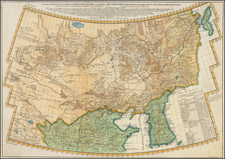
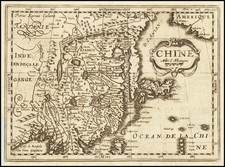
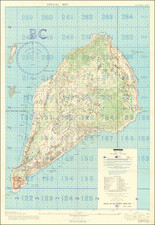
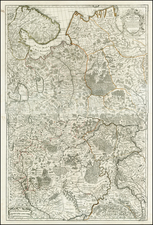
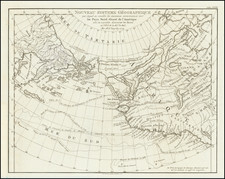
![[ Hong Kong, Canton & Environs ] Carte des Isles qui sont a L'Entree de la Riviere De Canton](https://storage.googleapis.com/raremaps/img/small/74493.jpg)